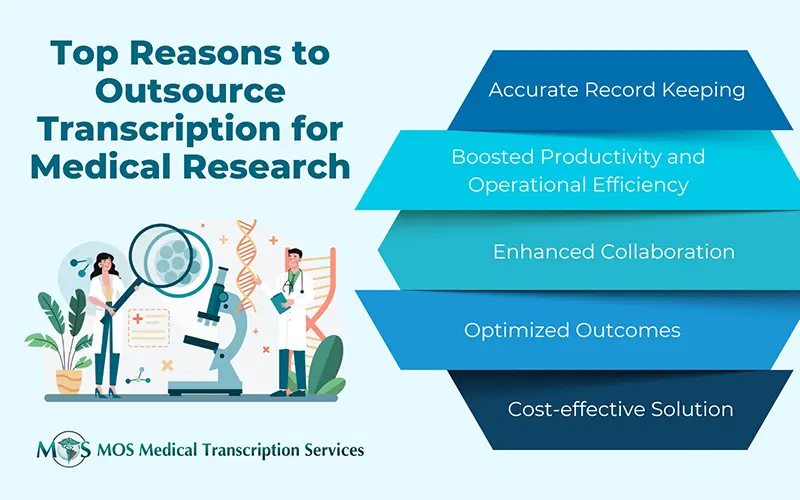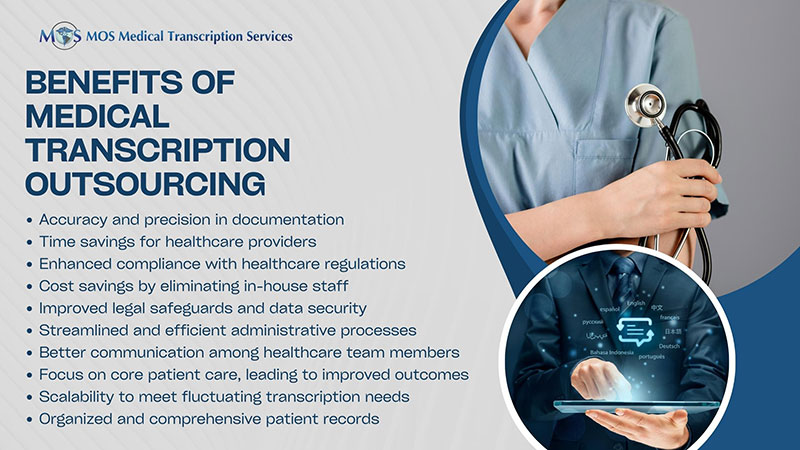
Progress notes are among the most important reports that a medical transcription company helps physicians document in the electronic health record (EHR). These brief notes, also called SOAP (Subjective, Objective, Assessment, Plan) notes, document various aspects of the patient’s treatment and highlight important issues or concerns relating to care.
Clinicians need to know how to ensure effective and efficient EHR documentation. Good progress notes tell the patient’s story and prioritize patient care and safety. According to a new study published in the Association of American Medical Colleges’ MedEdPortal, sufficient EHR documentation training can enhance a resident’s knowledge of writing progress notes, which in turn, could lessen the risk of clinician burnout in the future. Researchers at the University of Wisconsin School of Medicine and Public Health (UWSMPH) found that EHR training workshops helped residents grasp the details and intricacies of EHR documentation (www.ehrintelligence.com).
Aims and Functions of Progress Notes
Progress notes provide information relating to the following:
- Medical decision-making: Progress notes allow clinicians to record their work with the patient. This includes the clinician’s ongoing efforts to assess and manage the patient’s symptoms.
- Patient-provider communication: A progress note covers the entire interaction between the patient and health professionals, including physicians, nurses, pharmacists, dietitians, and physiotherapists
- Critical thinking: Patient notes reflect the knowledge, skills and attitudes attributed to critical thinking and clinical reasoning. They demonstrate the clinician’s reasoning and judgment when dealing with complex and challenging treatment situations, and the problem-solving process.
- Billing and coding: Clinical documentation drives coding and billing. Accurate and compliant progress notes is critical for correct assignment of codes, which in turn, paves the way for maximum reimbursement, lower denial rates, and compliance.
- Medico-legal requirements for documentation: Thorough and thoughtful documentation can provide a strong defence in the event of a medical negligence investigation.
What progress notes should include
Good and effective progress notes are accurate, complete, factual, organized, timely, compliant with health laws and meet facility standards. Information that may be included in a progress note:
- All treatment provided to the patient in chronological order, along with length of session
- Precise assessments of the patient’s response to the treatment (progress and/or lack of progress), and needs
- Significant events, emergencies and action taken
- Clinical impressions regarding diagnosis, and or symptoms
- Treatment plan
- Modification(s) of the treatment plan
- Medications used by the patient
- Rationale for orders written including medications and treatments
- Treatment compliance/lack of compliance
- Collaboration with other professionals
- Referrals made/reasons for making referrals
- Safety issues
- Recommendations for revisions in the treatment plan
Progress notes entries in the EHR must include the author’s name, the date, and the time and be authenticated and attested with an e-signature.
Writing Effective Progress Notes
The UWSMPH study found that while residents understood the purpose and the key components of progress notes, they were unsure how to construct the notes and why specific details, such as past medical history, lab results, and vital signs, were included in the notes. Here are guidelines and tips to write effective progress notes:
- Tell the patient’s story: Patients come to the clinician with a problem and when asked about it, will explain their experience during the history and physical exam. The clinician has to listen carefully to the patient’s story. The health professional then has to document a story that makes logical sense, recommends Osmosis. The patient’s story should form the clinician’s assessment.
- Refer to specific components in the treatment plan: When writing weekly and monthly progress notes, specific components in the treatment plan must be referenced (www.dphhs.mt.gov). This will help establish the link between the progress note entry and the patient’s treatment plan and the outcome of treatment and any observation that could justify altering the patient’s course of treatment. A practical approach would be to summarize information about a series of treatment services into a single progress note.
- Record all details of unusual events: When documenting an unusual or noteworthy event in the progress notes, information recorded should include:
- a description of the incident with date and time of occurrence
- assessment of whether the event is significantly different from the patient’s typical behavior
- the reason for the event’s occurrence
- how staff responded
- recommendations for future interventions to be used
- modifications to the treatment plan, medication, or the patient’s environment)
- Ensure that assessment is documented correctly: Diagnosis documented will stick, notes Osmosis, and that’s why it’s essential for the clinician to ensure that the assessment is recorded correctly. If the provider is unsure about something, even that must be added in the assessment. The American Academy of Family Physicians (AAFP) instructs that the physician should “never assign a diagnosis unless that diagnosis has been confirmed by diagnostic testing, or is otherwise certain”. AAFP identifies uncertain diagnoses as including those that are: Probable, Suspected, Questionable, “Rule out”, Differential, and Working. If a definitive diagnosis cannot be established, the signs, symptoms, abnormal test result(s), or other conditions that prompted the patient encounter should be documented.
- Write out a specific plan: The progress note should include the treatment plan, tests, and therapies. The rationale for ordering something or initiating a treatment should be explained. There should be sufficient specific details in the plan. For e.g., instead of writing ‘antibiotics’, the provider should list the name of the antibiotic and when it will be started, and explain the indication, duration, and reason for antibiotic choice as well as how response to treatment will be monitored.
To sum up, the clinician’s focus should be on developing and implementing a quality treatment plan and writing effective and useful progress notes. It’s essential to avoid abbreviations, and strictly avoid cutting and pasting from previous notes without editing and updating. Indiscriminate use of the EHR copy-paste function can lead to inconsistent progress notes and unnecessarily long progress notes. Healthcare organizations should have clear policies and procedures in place to ensure proper EHR documentation and provide education and training for clinicians to promote good progress notes. Medical transcription outsourcing is a practical way to ensure that EHR-integrated progress notes that are focused, concise, readable, organized, and useful.


